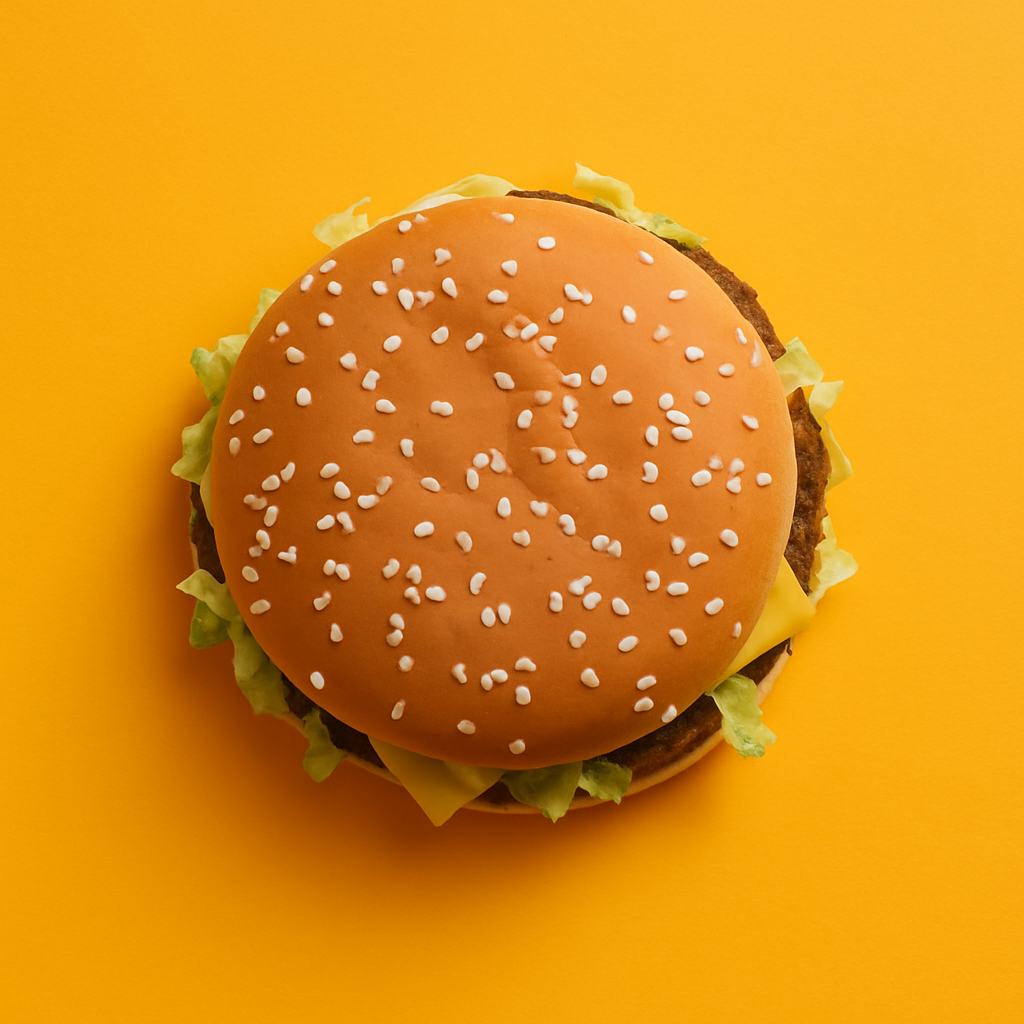McDonald’s Q2 2025 earnings call last week offered a clear window into the economic pressures consumers are facing and the forces reshaping the quick-service industry.
Despite posting a solid 6% constant-currency global sales growth, the company made it clear that persistent challenges are impacting different consumer segments in very different ways, particularly in the U.S.
CEO Chris Kempczinski captured the tone with a blunt observation:
“There is a lot of anxiety and unease with [the] low-income consumer… sentiment is… down.”
The effects are tangible:
- Customers are skipping a day part like breakfast
- They are trading down within the McDonald’s menu
- Or they are opting to eat at home instead
These behavioral shifts are not unique to McDonald’s. They are signals every business leader should watch.
TL;DR
McDonald’s Q2 2025 results reveal how consumer sentiment, price perception, and competitive positioning intersect. The chain is seeing growth, but success comes from tailoring offers to distinct income segments, using pricing as a communication tool, and strategically managing inflation impacts.
1. Recognize the Split in Consumer Behavior
One of the clearest takeaways from the call was the divergence in behavior between income groups:
- Middle-income consumers: “slightly positive” in visits
- Low-income consumers: “down double digits” in visits
This split has direct implications for how brands deploy promotions, adjust pricing, and maintain customer loyalty.
Why This Matters
Different income groups respond differently to price sensitivity and frequency drivers. For example:
- A middle-income customer might be swayed by a new premium item or loyalty reward.
- A low-income customer may prioritize consistent, reliable value over novelty.
Lesson: Tailor engagement strategies, menu offers, and marketing messaging to match the economic reality of each segment.
2. Price Signals Matter More Than Price Itself
McDonald’s made it clear that in the U.S., perception drives value.
As Kempczinski explained:
“The single biggest driver… is the menu board.”
It is not just what you charge. It is how you frame it. You can learn more about this in the Harvard Business Review: Understanding Price Perception.
Examples from Q2
- $5 Meal Deal – anchors affordability for value-seeking customers
- $2.99 Snack Wraps – low-cost entry points that keep traffic coming in
Even amid broader inflation, these signals tell customers, “You can still afford us.”
Pro tip: Your pricing strategy should be as much about the story it tells as the dollars it collects.
3. Balance Inflation with Competitive Positioning
Inflation is biting, and not just in the U.S. In Europe, McDonald’s reported:
- High single-digit inflation overall
- Beef prices up 20%
Yet operators limited menu price increases to low single digits. You can read more about this in Bloomberg Businessweek: Inflation and Global Food Costs.
Why Restraint Paid Off
This approach protected McDonald’s value leadership, driving market share gains despite cost pressures.
It is a strategic trade-off: take a short-term margin hit to reinforce long-term loyalty and positioning.
Lesson: Pricing decisions in inflationary times are as much about competitive differentiation as they are about covering costs.
The Big Takeaway
Value is not just a number. It is the story your pricing tells.
From the U.S. menu board to European price restraint, McDonald’s shows that success in a challenging market means:
- Reading consumer sentiment with precision
- Crafting offers that send strong value signals
- Balancing profitability with competitive advantage

Related content you might also like:
- 3 Key Lessons from McDonald’s Digital Transformation Strategy
- Digital Safety Nets: When our Devices Know More about Us then we Know about Ourselves
- The Competitive World of Bird Watching
- A Review of Apple’s Q2 Results
- A few Thoughts on Global Competitiveness
- Are Apple’s Strong iPad Numbers Just a Supply-Chain Story?

